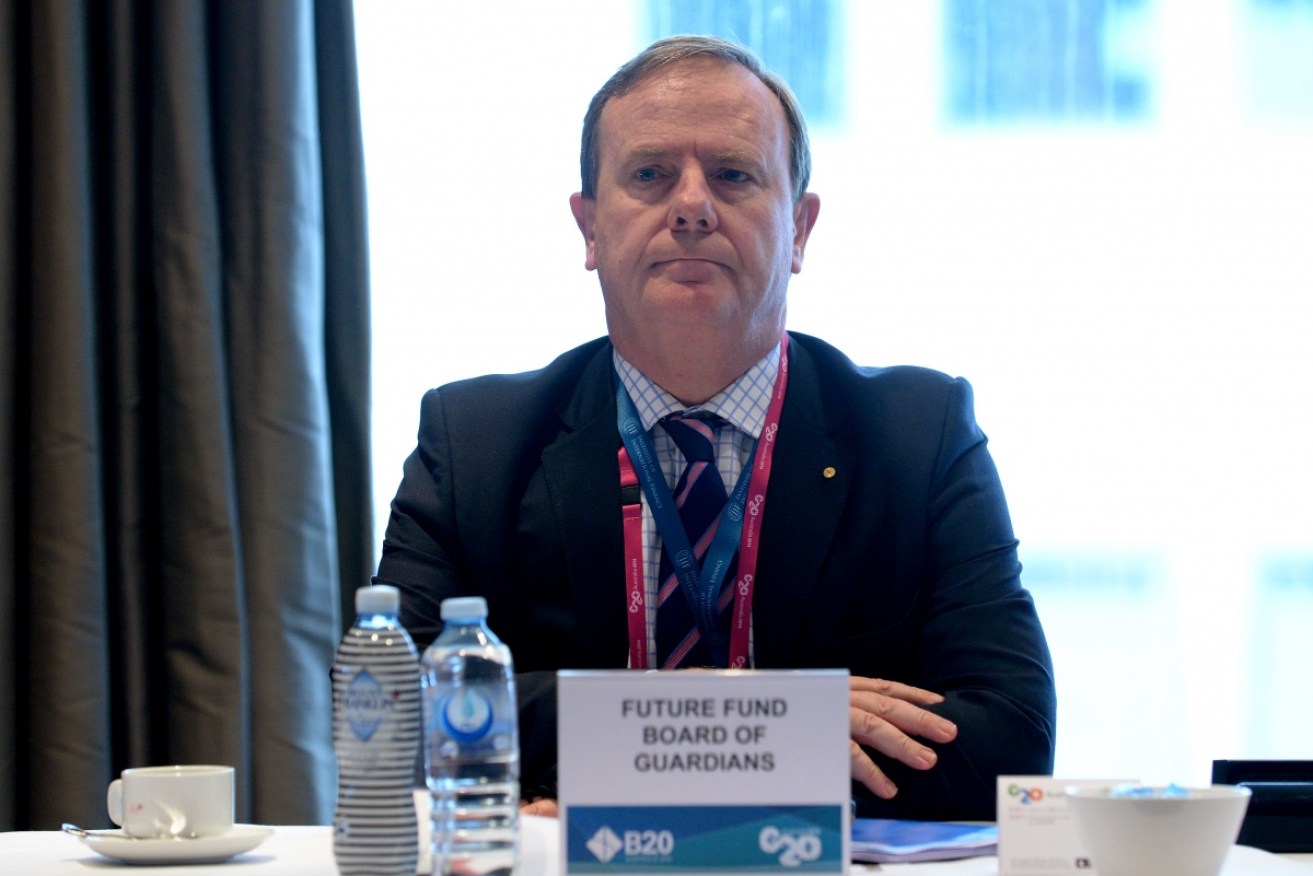Inflation below RBA target

Official figures show consumer prices rose a little more than most economists were expecting, but inflation remains within the Reserve Bank’s target range.
The Bureau of Statistics December quarter figures showed consumer prices rose 0.4 per cent in the quarter and 1.7 per cent over 2015.
The Reserve Bank aims to keep inflation within a 2-3 per cent range when it is setting interest rates, and its preferred ‘core’ measures of consumer prices rose an average of 2 per cent over the past year.
• NSW economy still the strongest
• Why cashing in now is a bad investment move
• Australian house prices ‘severely unaffordable’
Economists had typically forecast quarterly inflation of 0.3 per cent and annual inflation of 1.6 per cent, with core inflation expected to be 2.1 per cent.
BT Financial Group’s chief economist Chris Caton said the data all but rules out a February interest rate cut when the Reserve Bank meets for the first time in 2016 next Tuesday.
“The headline CPI came in a touch above expectations, with the underlying measures much as expected,” he observed.
“This will probably convince the few lingering doubters that there is no rate cut coming in February.”
CommSec’s Savanth Sebastian said “the door remains ajar” for another interest rate cut, but it will not be due to inflation data.
“The Reserve Bank can comfortably ignore inflation and discuss merits of another interest rate cut on the economy if needed,” he wrote in a note on the data.

Peter Costello is bearish. Photo:AAP
Australia’s sovereign wealth fund has warned that the unwinding of economic stimulus and record low interest rates is likely to create more instability on global financial markets.
The Future Fund today reported growth of 8.4 per cent for the recently ended calendar year, taking its value to $118.4 billion, but chairman Peter Costello outlined a continued cautious focus given the recent volatility.
“The run-up in asset prices has been driven by record low interest rates and … the withdrawal of monetary stimulus would see prospective returns lower than in recent years,” former Australian treasurer Mr Costello told reporters.
“We have also been conscious of the risks across markets as central banks adjust their settings and policy makers attempt to generate sustainable growth.
“This outlook means great volatility and lower prospective returns and we have been adjusting the portfolio accordingly.”
The fund had more than a fifth of its assets in cash at the end of 2015, with only 6.5 per cent of its money invested in Australian shares.
Just under a quarter of the fund’s assets were global equities, with a heavy skew towards developed economies.
The Future Fund was established by the Howard government in 2006 to fund what was then $140 billion in public sector superannuation liabilities that will become due by 2020.








